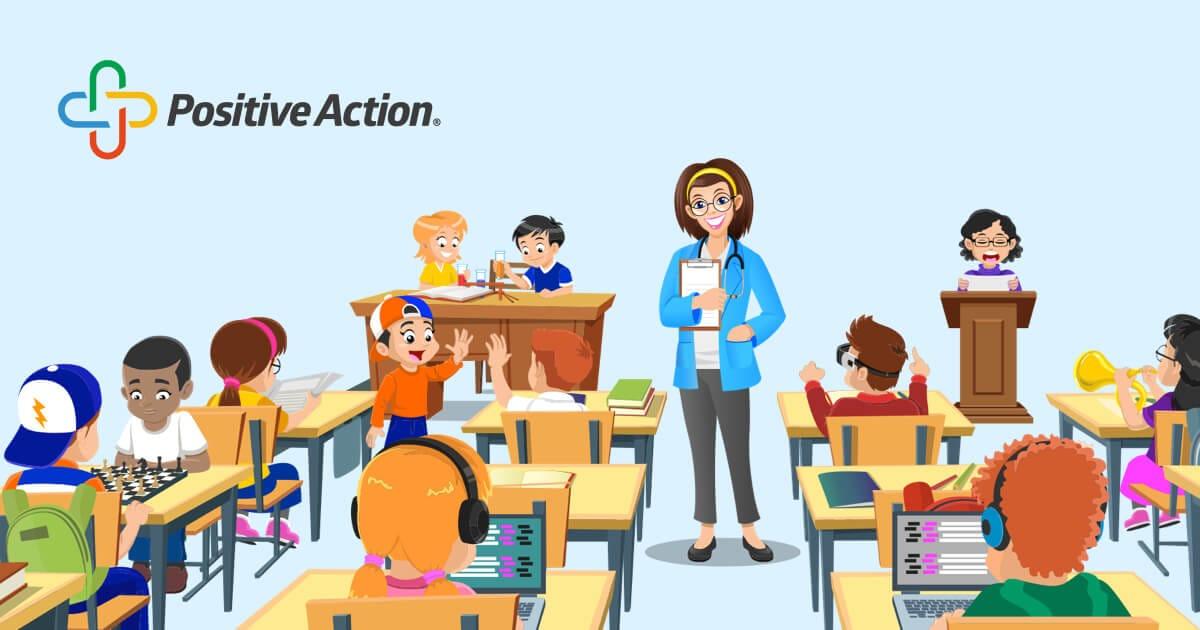Empowering Special Needs Learners: Effective SEL Strategies for Student Success
Empowering special needs learners with well-crafted SEL strategies can make a significant difference in their academic and personal growth. Social-emotional learning (SEL) is not only vital for neurotypical students, but it is especially transformative for students with disabilities. This guide explores the best SEL practices tailored to support special education, ensuring every learner reaches their fullest potential.
Introduction to SEL and Special Needs Education
Social-emotional learning (SEL) equips students with critical skills for managing emotions, building relationships, and making responsible decisions. For special needs learners — including those with learning disabilities, autism spectrum disorder, ADHD, and other exceptionalities — SEL strategies offer a pathway to greater engagement and school success. Educators and families investing in SEL methods play a vital role in creating inclusive, supportive environments that honour diversity and empower every student.
Understanding the Importance of SEL for Students with Disabilities
Special needs learners often face unique social, emotional, and behavioral challenges. Implementing effective SEL strategies can:
- Enhance self-regulation and emotional intelligence
- Improve social skills and peer interactions
- Build resilience and a positive self-concept
- Foster a sense of belonging in the classroom
- Reduce instances of anxiety and behavioral issues
The benefits of SEL for students with special needs extend beyond academics, helping them navigate life with confidence and independence.
Effective SEL Strategies for Special Needs Learners
Applying research-based SEL practices can greatly benefit learners with disabilities. Here are some highly effective approaches:
1. explicit Instruction in Social Skills
- Role-playing: Use structured scenarios to practise conversations, problem-solving, and understanding emotions.
- Social Stories™: Create visual narratives that explain social situations, expectations, and consequences.
- Video modeling: Demonstrate positive social behaviors through videos featuring peers or adults.
2. Emotional Regulation Techniques
- Feelings Chart: Introduce visual aids to help students identify and label emotions.
- Breathing Exercises: Teach calming techniques such as deep breaths, progressive muscle relaxation, or guided imagery.
- Safe spaces: Provide quiet corners or sensory zones where students can regroup when overwhelmed.
3.Collaborative Activities
- Peer Buddies: Pair special needs learners with understanding classmates for cooperative learning tasks.
- Group Projects: Assign well-structured group activities with clear roles to foster teamwork and interaction.
4.Visual Supports and Clear routines
- Picture Schedules: Guide students through the day’s activities with visual timetables and cues.
- Behavior Charts: Use positive behavior support systems to motivate and reinforce SEL goals.
5. Family and Community Engagement
- Home-School Communication: Maintain regular contact with families to extend SEL activities beyond the classroom.
- Community Partnerships: Involve local organizations to provide real-world settings for practicing social-emotional skills.
Benefits of SEL for Special Needs Learners
Incorporating SEL strategies in special education leads to numerous positive outcomes, including:
- Higher academic achievement and classroom participation
- Decreased behavioral referrals and disciplinary incidents
- Greater self-advocacy and independence
- Improved mental health outcomes
- Stronger relationships with peers and adults
These benefits create a foundation for lifelong learning and social integration, preparing special needs students for success inside and outside school.
Practical Tips for Implementing SEL in Special Education Settings
- Individualize SEL Plans: Customize strategies based on each learner’s strengths, needs, and IEP goals.
- Incorporate multi-Sensory Approaches: Use visuals, tactile materials, music, and movement for higher engagement.
- Model Positive Behaviors: Teachers and staff should consistently demonstrate empathy, patience, and respect.
- Reinforce and Review: Practice SEL concepts daily, providing immediate positive feedback and encouragement.
- Collaborate with Specialists: Partner with counselors,therapists,and paraprofessionals for holistic support.
Case Study: SEL Success Story in a Special Needs Classroom
Case Study: Building Peer Relationships through SEL
Mrs. Carter, a special education teacher in a public elementary school, introduced a structured SEL programme focusing on empathy and communication skills. She used weekly role-play sessions, feelings charts, and a token-based positive reinforcement system. over the school year, students with autism and ADHD demonstrated notable improvements in expressing their emotions and collaborating during group activities. parents reported that their children formed new friendships, maintained eye contact, and even invited classmates over for playdates — a milestone that felt out of reach just months before.
Frist-Hand Experience: A Teacher’s Outlook
“Incorporating SEL into my teaching has been a game changer. Students who once struggled to self-regulate or cooperate with peers now participate more actively and show real joy in learning. providing structured choices, visual reminders, and ongoing encouragement helps them believe in their own abilities. The progress I see every day reaffirms that SEL is essential for student success, especially in special education.” — Mr. Diego, Special Needs Educator
Recommended Resources for SEL Strategies
- CASEL (Collaborative for Academic, Social, and emotional Learning)
- Understood.org: SEL for Students with Learning and Thinking Differences
- Autism Speaks: Social Skills and Autism
- Edutopia: Social and Emotional Learning
Conclusion
Empowering special needs learners with targeted SEL strategies is a transformative approach that benefits students, educators, and entire school communities. By fostering social-emotional skills, we not only enhance academic outcomes, but also lay the groundwork for happier, more resilient, and socially connected individuals. Every child deserves the chance to thrive — and with the right SEL tools, we can make this a reality for all special needs students.
ready to make a difference? Start integrating these effective SEL strategies for special needs learners in your classroom today, and witness the amazing impact on student success.

